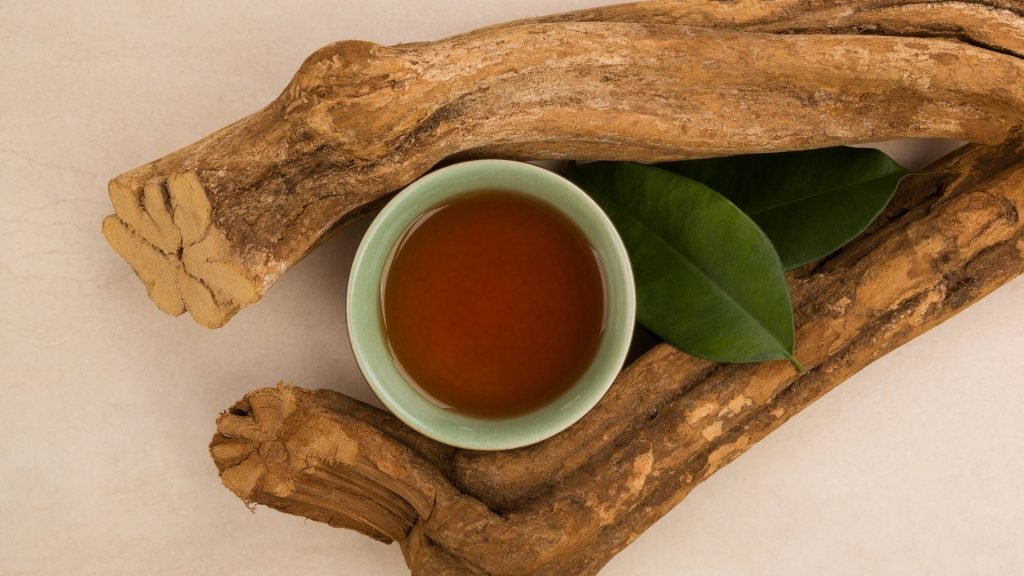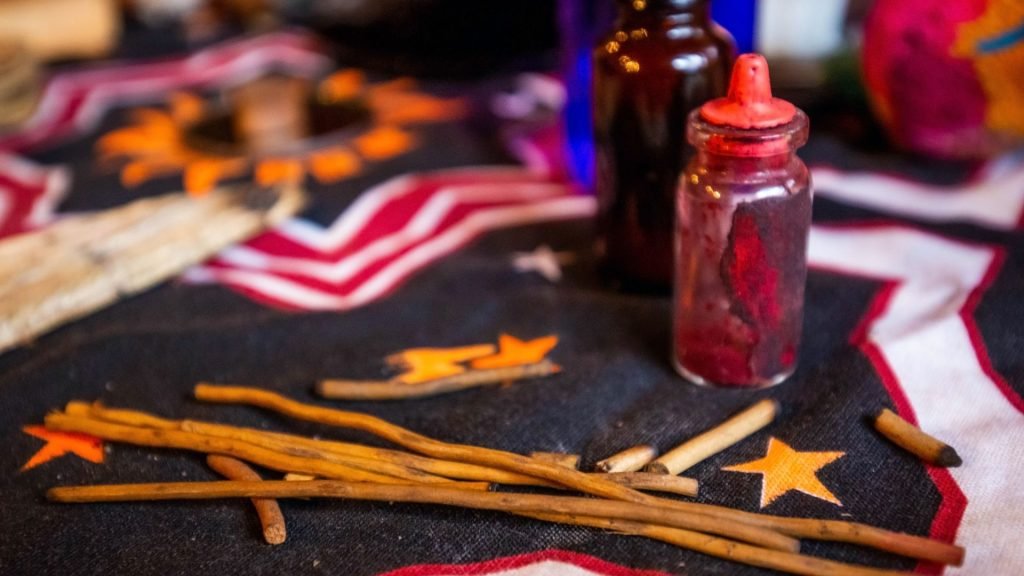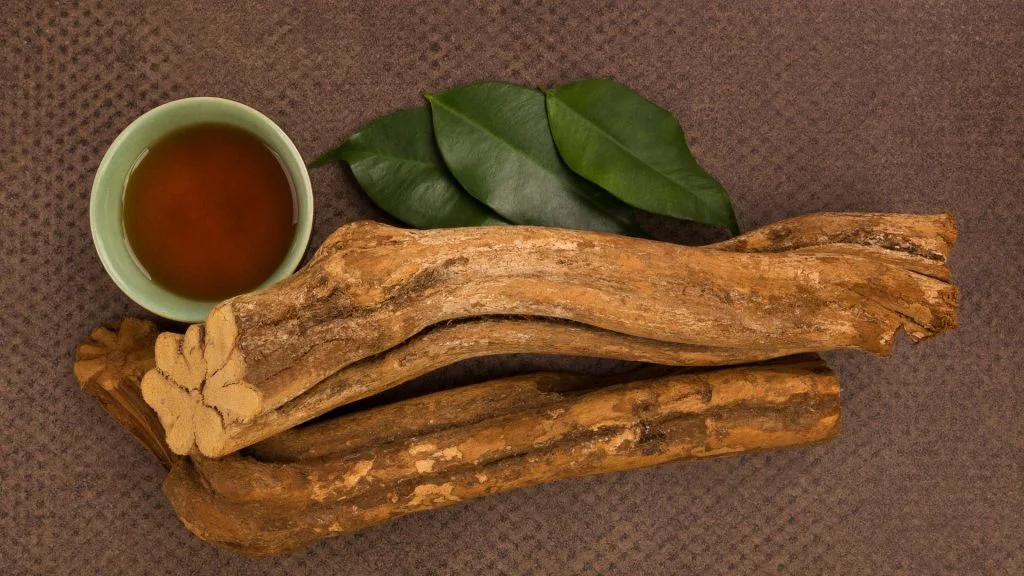Ayahuasca and Amazonian Shamanism
History
Ayahuasca refers to a preparation of medicinal nature that historically has been used by Amazonian tribes for several centuries or thousands of years, the development of this culture is given throughout the upper Amazon in Peru, Colombia, Ecuador and Brazil. There is a great diversity of names with which this substance is known, there are more than 40 known names such as caapi, natema, mihi and yage.
The exact origin of the shamanic use of this substance is not known, although there are many interesting stories among the indigenous tribes of the Amazon about the origin of the use of this shamanic medicine. Within the Amazonian indigenous context, the use given to ayahuasca was centered on curative and religious purposes. The rituals that are performed give great emphasis to the preparation and use of ayahuasca, this knowledge is transmitted through generations and generations of healers and shamans. When performing healing ceremonies, they use this magical medicine as a diagnostic tool to discover the roots of illnesses in their patients.
Because there were no writings or evidence of its use until before the arrival of the Spaniards in the 16th century, the previous history of this medicinal plant is almost completely unknown. Although it should be noted that in Ecuador a ceremonial cup containing ayahuasca remains dating back more than 2500 years was found. The use of ayahuasca in the Amazon is a very common practice, as it represents the foundation of the traditional medicine of these indigenous tribes throughout the Amazon.
Rebirth in shamanism

The religious and spiritual practice of Shamanism is one of the oldest human activities with archeological evidence that it has been practiced with Ayahuasca for 70,000 years. It is not necessarily a religious practice, but its main objective is to relate the body and mind with the spiritual realms. Within these practices there is no need for an intermediary to facilitate the connection with these realms, by performing this ceremony one is responsible for receiving the much sought after revelation and information from higher transpersonal sources.
These shamanic healing techniques have been practiced within the ancient wisdom traditions of human history, and we are currently experiencing a renaissance in “spirit-assisted health care” that has gained great popularity in the modern world. The shamanic view of illness relates to a lack of harmony in a person’s life on energetic and spiritual levels. This disharmony can lead to mental, emotional and/or physical illnesses as well as physical and somatic illnesses.
The way in which the energetic and spiritual aspect of illness is addressed is by making journeys into the astral or spiritual world; this is composed of a “non-ordinary” reality parallel to our own physical and tangible reality. It is in this place that the shaman encounters the transpersonal forces and benevolent spirits of plants, animals and humans, who are “offstage” and not in plain sight of the human drama, although they are willing and able to act within and through us. It is these compassionate spirits who are the healers and the shaman who only acts as a conduit or facilitator.
Healing traditions of the Shipibo tribe
The Shipibo culture, which developed centuries ago along the Ucayali River, towards the upper Peruvian Amazon, is known for its shamanism practices and medicine based on medicinal plants. Among the indigenous cultures of the upper Peruvian Amazon, the Shipibo are one of the few cultural groups that have preserved their language, art and mystical medicine. The close relationship they have with ayahuasca is one of their most outstanding characteristics, many consider the Shipibo to be the most qualified ayahuasca healers in the entire Peruvian Amazon.
Commonly associated with Shipibo tribal imagery and ayahuasca, Shipibo ikaro patterns are synonymous with ayahuasca and its practice throughout Peru. In fact, many mestizo curanderos (healers of mixed Spanish and Peruvian blood ancestry who have moved away from indigenous traditions and identity) still wear Shipibo cushmas (robes) in ceremony.
Ayahuasca – A mysterious combination of two plants

Unlike other sacred plant medicines, ayahuasca is made from two plants: the ayahuasca vine (Banisteriopsis caapi) and the leaf of the chacruna plant (Psychotria viridis). The combination of both plants collected locally generates a potent mixture that offers access to the spirit realm and to an energetic world that we are normally unable to perceive in our ordinary state of consciousness.
How the power of the combination of these plants came to be known is a mystery. Separately, the two plants do not possess nearly the effect of their combination. In the Amazon rainforest there are approximately 80,000 catalogued species of leaf plants, of which up to 10,000 are vines. Neither the vine nor the leaf is particularly distinguished by its appearance. However, Amazonian healers, acting as archaic psycho-pharmacologists, knew how to use a particular species of vine and a particular species of leaf to make a highly psychoactive concoction.
In chemical terms, the leafy chacruna plant contains the powerful psychoactive dimethyltryptamine (DMT), which is not orally active on its own due to its metabolization by the stomach enzyme monoamine oxidase (MAO). However, some chemicals in the ayahuasca vine contain MAO inhibitors in the form of harmine compounds that give rise to a psychoactive compound with a chemical composition identical to that of the organic tryptamines in our brain. The tract that follows this mixture passes through the bloodstream and into the brain, where it triggers powerful visionary experiences and allows us to access otherworldly realms as well as our hidden subconscious landscapes.
The statistical probability of discovering this concoction “by accident” is one million to one. The traditional story goes that it was the plants that originally told the shamans how to create the ayahuasca brew and it was no accident.
Traditional use of Ayahuasca
Culturally, the use of ayahuasca in the healing practices of the Amazon has been limited to healers, who use it as a diagnostic tool for psychological and cultural values, which put under the magnifying glass of today’s world function very differently from those we are familiar with in the West.
By identifying the cause of the individual’s illness, bad luck and witchcraft, for example, and seeking to resolve the energetic damage caused by jealousy and envy, indigenous healers recognize the destructive power of negative human emotions and their impact not only on the individual but also on the health of the entire body. Other purposes for which healers may use ayahuasca are: to help inform important decisions; to ask the spirits for advice; to resolve personal conflicts (between families and communities); to exercise one’s divine abilities; to solve mysteries, thefts and disappearances; to discover if one has enemies; and to see if a spouse is being disloyal.
Ayahuasca is also used to prescribe treatments for sick patients, through instructing the healer to administer ikaros and plant remedies. But it is not the only plant spirit involved. Ayahuasca works with the healer in combination with a host of other plant spirits to provide treatment. Ayahuasca functions as a nexus within a much larger system of “spirit-assisted” health care in the Amazon. Traditional Amazonian healing offers solutions to diseases and disorders that generally cannot be treated with conventional medicine.

Today there is a worldwide epidemic of people suffering from psycho-emotional illnesses that modern health systems cannot address with traditional medicine. To this end, ayahuasca is spreading around the world, offering its important benefits for healing the spirit.
Ayahuasca is now being used as a medicine in its own right, not just as a diagnostic tool and plant ally for healers. This represents a positive and practical evolution for the modern world. Over the last 20 years, many foreigners and people involved within Amazonian life have worked with this alternative medicine in ceremonies, led by trained healers, to address the causes of their personal ailments, illnesses and imbalances and participate in the healing equation. Effectively, this means giving a significant change to healing, relating this practice to a co-creative participation between the healer, the plant spirits, the ayahuasca, the participant and his or her own inner physician. The patient who drinks this substance can discover and take personal responsibility for problems that had been hidden in his or her unconscious and resulted in energetic blockages, often the cause of illness or emotional/psychospiritual imbalance.
Despite all the benefits previously mentioned, it is not recommended to drink ayahuasca on your own without the presence, protection and guidance of an experienced healer. You are not guaranteed that this activity will provide you with the level of safety, depth of healing and overall effectiveness that can be achieved when ayahuasca healing is practiced by expert healers working with a multitude of shamans specialized in the use and ceremony of this plant. It may even happen that ayahuasca alone will affect your healing (you should be very cautious in terms of the set, environment, intentions and precautionary measures), however, it will not allow the drinker to reach and heal the roots of the problems.
One of the biggest current challenges in the movement of ayahuasca culture to the West is how best to transfer a tradition rooted in shamanic communities to a culture generally removed from nature with the integrity that these Amazonian communities do, respect and safety. We believe it is vitally important to understand and honor the traditional practices that indigenous healers have developed over thousands of years of working with ayahuasca so that its use can be globalized and the benefits that this substance offers to the human body can be shared.





